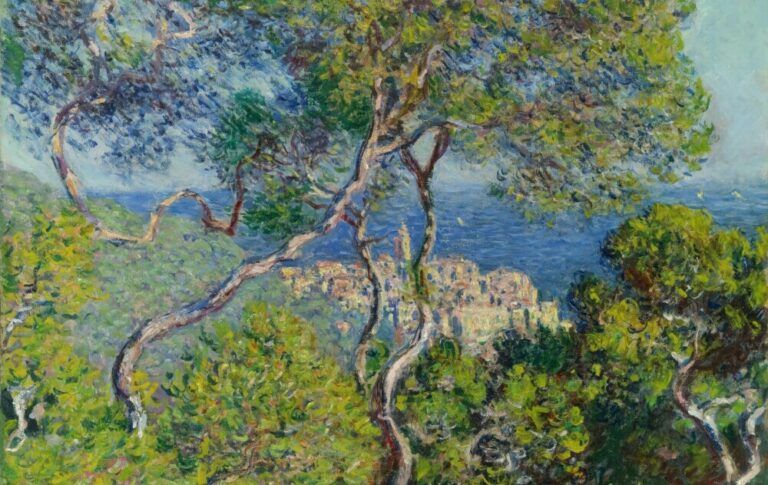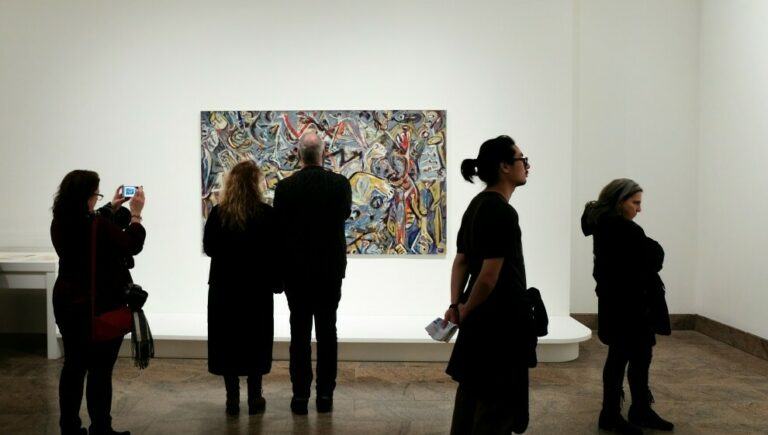Famous Impressionist Artists Paintings
Today, I’m going to be talking about how Impressionism turned the art world on its head. See, during the mid-19th century, a group of artists in France started painting scenes of modern life. They weren’t just capturing what they saw; they were passionate about conveying the essence of a moment. That’s what Impressionism is known for— it’s not just a painting style, it’s a whole new way to perceive the world.
Impressionist paintings are easily recognized by their vivid colors, visible brushstrokes, and emphasis on light. These weren’t the finely detailed, painstakingly realistic works that were popular at the time. Impressionist artists worked quickly, often painting en plein air, or outdoors. This allowed them to catch fleeting moments and the changing effects of light.
So what stirred this artistic rebellion? For one, the advent of photography played a big part. With cameras documenting reality, artists weren’t bound to just replicate scenes accurately. Additionally, societal shifts and Paris’s modernization gave rise to new subjects: bustling city streets, leisure activities, and the beauty of landscapes and gardens.
It was not just a change in technique; it was a bold rejection of the rules set by academic art institutions. Exhibiting their work was a challenge—most of the orthodox galleries weren’t interested in this ‘unfinished’ style. That’s why in 1874, a collective of these artists held their independent exhibition, defying traditional art norms and paving the way for modern art.
At the forefront of this revolution was Claude Monet, a name synonymous with Impressionism. With his commitment to capturing the natural world, Monet brought the beauty of transitory moments to vibrant life on canvas, setting the stage for the subsequent explosion of Impressionism. In the next section, we’re going to delve into the life and works of this pioneer, discovering how his dedication to the interplay of light and color earned him a place as one of the most celebrated artists in history.
Claude Monet: Capturing Light and Nature
Claude Monet, a name synonymous with Impressionism, played a pivotal role in pioneering this avant-garde movement. Born in Paris in 1840 and raised in Le Havre, Monet’s early work revealed a fascination with natural light and its effects on the landscape. His journey from caricaturist to leader of the Impressionist movement is as captivating as his paintings.

Monet’s artwork brought a fresh perspective to the art world, with pieces like ‘Impression, Sunrise’ and the ‘Water Lilies’ series showcasing his signature brushwork and color palette. These paintings didn’t just depict a scene; they captured fleeting moments of light and atmosphere, inviting viewers to perceive nature through Monet’s eyes.
With a passion for the outdoors, Monet often painted ‘en plein air’, using rapid, hasty brushstrokes to document the changing conditions of the environment. Through his work, he demonstrated how shifts in light and shadow could alter the mood and appearance of a subject. It was this innovative approach to light and color that made Monet’s work revolutionary.
The influence of Monet’s artistic vision remains profound. His contributions laid the groundwork for the subsequent development of modern art. Museums around the world celebrate his work, resonating with art enthusiasts and inspiring new generations of artists. Monet’s influence extends well into the 21st century, solidifying his place as one of the great masters of art.
Transitioning from Monet’s ethereal landscapes and serene water gardens, we turn to the bustling dance studios and racetracks portrayed by Edgar Degas. Our next section will explore how this famous Impressionist harnessed movement and embraced unusual perspectives to create compositions that cast an enduring impact on the world of art.
Edgar Degas and the Elegance of Motion
Edgar Degas’s story isn’t just about his incredible talent; it’s also about his relentless pursuit of capturing life in motion. Born in 1834 in Paris, this unconventional artist steered away from the typical landscapes of his contemporaries to focus on dynamic human figures and their movements. He had an insatiable curiosity about the human form, and it shows in the layers of his creative work.
Throughout his life, Degas experimented with various mediums including painting, sculpture, and even early photography. This versatility enabled him to explore different facets of movement and posture in a way that was radical for the time. His favorite subjects? The hardworking dancers of the Paris Opera Ballet. Paintings like ‘The Ballet Class’ give us an intimate look into the world of dance, showcasing the effort behind the elegance.
In Degas’s work, you’re going to find richness in the way he portrayed the complexities of the female form – bending, stretching, and twirling. He brought a new perspective to art, one that favored candid moments over posed perfection. His pieces didn’t just depict movement; they felt like they were moving.
Degas’s influence extended far beyond his time, inspiring future artists to take a more active and intimate approach to their subjects. By prioritizing the real over the ideal, he helped pave the way for modern visual storytelling. You can always spot a Degas painting by the vibrancy of life that emanates from the canvas – a testament to his enduring genius.
Mary Cassatt and the Intimacy of Domestic Scenes
Mary Cassatt stands out as a trailblazer among Impressionist artists, not only for her distinctive subject matter but also for her unique perspective as a woman in a predominantly male art scene. Her work brought the tender and everyday moments of private life into the public eye, emphasizing the importance and complexity of domestic scenes.

I’m going to take a closer look at the themes of motherhood and family which are central to Cassatt’s oeuvre. It’s not just about capturing the image of care and intimacy, but it’s also about reflecting the societal roles and the strength of women in the 19th century.
Her pieces, especially ‘The Child’s Bath’, showcase Cassatt’s ability to blend Impressionist techniques with a personal vision. Her approach created an emotionally resonant body of work that still speaks to the shared experience of humanity.
In my opinion, Cassatt’s contributions were not only significant to American art but also pivotal in shaping the Impressionist movement. She helped pivot the focus from traditional topics to more intimate, immediate realities, emphasizing the emotional depth found in the simplicity of daily life.
Her influence persists in the art world today. Contemporary artists continue to draw inspiration from Cassatt’s focus on intimate moments, proving that her work has transcended time and continues to resonate with audiences. As a key figure in Impressionism, Mary Cassatt’s legacy is undeniable, offering a unique narrative that enriches our understanding of the movement and the era.




